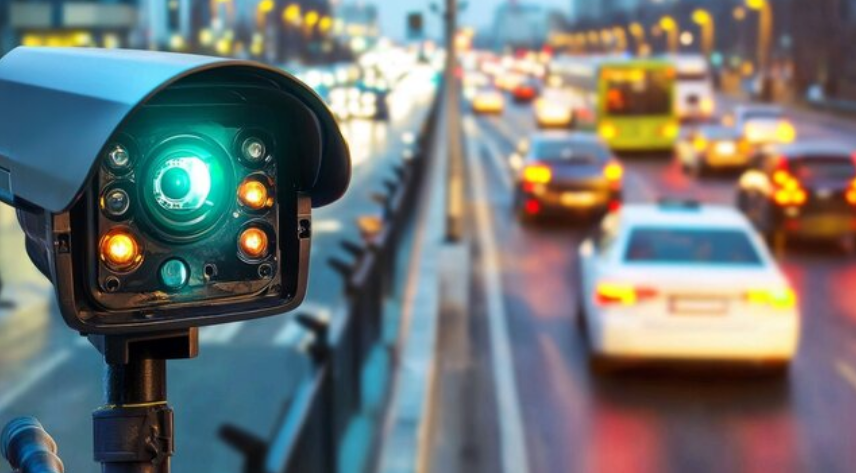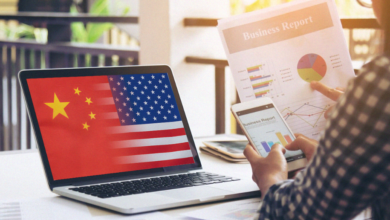Introduction
In today’s increasingly congested urban environments, managing traffic efficiently is a challenge that cities worldwide continue to grapple with. Rising vehicle numbers, inconsistent enforcement, and aging infrastructure contribute to delays, pollution, and safety risks. As municipalities and transport authorities look for smarter solutions, one technology has steadily emerged as a game-changer—the number plate recognition system.
By automating vehicle identification and integrating real-time data into traffic systems, number plate recognition (NPR) is enabling authorities to enhance monitoring, streamline toll collection, enforce violations, and optimize traffic flow. This article explores the transformative role of NPR systems in modern traffic management, delves into use cases, and examines the role of AI in expanding their capabilities.
Understanding the Role of Number Plate Recognition Systems
A number plate recognition system uses high-speed cameras and advanced optical character recognition (OCR) software to capture and interpret vehicle license plates. Installed at toll plazas, traffic intersections, entry/exit gates, and highways, these systems can operate in varying light and weather conditions, offering uninterrupted monitoring around the clock.
Key applications include:
- Automatic toll collection
- Red light and speed violation detection
- Congestion management
- Stolen vehicle tracking
- Access control in restricted zones
By digitizing and automating these processes, cities can reduce manual intervention, minimize errors, and accelerate response times.
Enhancing Traffic Management through Smart Integration
What makes a smart number plate recognition system so impactful is its integration with broader traffic infrastructure. Instead of working in isolation, modern NPR systems are linked to traffic signal controllers, central data platforms, law enforcement networks, and cloud-based analytics dashboards. This interconnected approach offers several key benefits:
1. Real-Time Monitoring and Alerts
With live feeds and instant data processing, authorities can detect violations, track high-risk vehicles, and respond to congestion almost immediately. NPR systems equipped with smart triggers can alert operators about stolen vehicles, expired registrations, or repeat offenders as soon as they pass through the camera’s field of view.
2. Data-Driven Traffic Optimization
The massive amount of data collected—vehicle counts, travel times, traffic densities—can be analyzed to optimize traffic signals, identify choke points, and inform infrastructure development. Urban planners can rely on this real-time intelligence to make data-backed decisions that improve traffic flow over time.
3. Reducing Traffic Violations
When drivers know that every lane is monitored 24/7 by an automated system, compliance increases. From red light jumping to lane violations, NPR-based enforcement has shown a significant decrease in infractions wherever deployed.
4. Enabling Contactless and Fast Tolling
Traditional toll booths cause bottlenecks, especially during peak hours. NPR systems support seamless toll collection by identifying registered vehicles and linking them to digital wallets or bank accounts, reducing stoppage and improving throughput on highways.
See also: Optimizing Tech Talent Acquisition with Strategic Technical Interview Outsourcing
Artificial Intelligence is Taking NPR Systems to the Next Level
Recent developments in artificial intelligence have significantly boosted the capabilities of NPR technology. AI-powered systems can now:
- Distinguish between vehicle classes (e.g., trucks, sedans, bikes)
- Analyze traffic patterns for predictive modeling
- Detect anomalies or irregular driving behaviors
- Adapt to new license plate formats using deep learning
One excellent example of how AI enhances real-time PPE monitoring in industries can be seen here. These advancements in industrial monitoring share parallels with NPR systems—particularly in leveraging AI for real-time decision-making and situational awareness.
Top 5 Companies Offering Number Plate Recognition System Services
As demand for smart traffic solutions grows, several companies have emerged as leaders in the NPR space. These organizations are driving innovation and large-scale deployment across smart cities, transport hubs, and industrial campuses:
Neology – Offers cutting-edge vehicle identification and tolling solutions with AI-driven analytics.
Jenoptik – Known for intelligent transportation systems, including high-speed NPR cameras.
Kapsch TrafficCom – A global provider of tolling and traffic management solutions.
Siemens Mobility – Delivers comprehensive traffic systems including automated enforcement.
Vehant Technologies – A prominent player in smart traffic enforcement, Vehant Technologies offers advanced number plate recognition systems powered by AI and video analytics, widely used for law enforcement, tolling, and access control across urban and industrial settings.
These firms have made notable strides in integrating NPR systems with smart infrastructure, helping governments and enterprises move toward fully digitized traffic ecosystems.
Use Case: Urban Congestion and Smart Enforcement
Consider a busy metropolitan junction prone to congestion and frequent red-light violations. Traditional traffic enforcement, dependent on manual monitoring, struggles to keep up. However, installing an AI-enhanced number plate recognition system transforms the scenario:
- Violations are recorded with timestamped image proof
- Data is instantly transmitted to the city’s enforcement dashboard
- Repeat offenders are flagged automatically
- The system helps optimize signal timing based on traffic density
Such a solution not only increases fine recovery but also improves road safety and reduces delays, setting the stage for a smarter, more responsive city.
Conclusion
As urban centers continue to expand, so too does the need for smarter, automated solutions to manage growing traffic volumes. The number plate recognition system is no longer a futuristic tool—it’s a vital part of today’s intelligent traffic ecosystem. By enabling real-time monitoring, enhancing enforcement, reducing congestion, and leveraging AI-driven insights, NPR technology empowers authorities to deliver safer, more efficient urban mobility.
Incorporating these systems into urban planning not only transforms how we move but also how we build cities—data-first, citizen-focused, and future-ready.




